Hola, setero! Winter season have come and its maybe not the proper time to share mushroom trophies. But we have established some traditions and posting patters, that I still follow. So, Friday is the #fungi-fun. Today I share some photos from various occasions - selection is dedicated to the 1st grade edible mushroom -- Porcini, aka Ceps, aka Boletus Edulis.
Porcini mushrooms (Ceps)
The Russian name of this mushroom - "White mushroom" - follows from the property of the body of the mushroom not to change its color on the cut. Among the remarkable properties of this mushroom are its abundance, meatiness, the luxurious smell it gives to dishes, and the ability to be kept dry. There are different forms of the fungus that grow in symbiosis with different trees ... they are distinguished by a solid variety of shapes and colors. Ok -- now enjoy the pictures!
Русское название этого гриба - "Белый гриб" - происходит из характерного свойства его мякоти не изменять свой цвет на срезе. Среди замечательных свойств этого гриба - его распространенность, мясистость, роскошный запах который он придает блюдам, а также возможность храниться в засушенном виде. Существуют различные формы гриба, растущие в симбиозе с разными деревьями... их отличает некоторая вариативность форм и окрасок. Впрочем,-- с грибами так всегда.
Porcini mushroom prefers to grow together with such trees as: birch, pine, spruce, oak, fir. (Accordingly, the mushrooms growing there are slightly different in their appearance - they are labelled as the birch, pine and spruce varieties of the porcini mushroom).
Грибница белого гриба предпочитает такие деревья, как: береза, сосна, ель, дуб, пихта. (Соответственно, растущие там грибы слегка отличаются своим внешним видом, -- говорят о березовой, сосновой и еловой разновидности белого гриба).
The mushrooms in the photo above popped up under an oak tree. And this mushroom, from the same family, squeezed between the numerous stems of the chokeberry, which grows 5 steps from this oak. (The dry oak leaves that cover the earth are evidence of this).
Грибы на фото выше -- появились под дубом. А этот гриб, из той же семьи, втиснулся между многочисленными стеблями черноплодной рябины,-- которая растет в 5 шагах от этого дуба. (Сухие дубовые листья, которыми устлана земля, тому свидетельство).
The age of the forest is also of great importance. The older the forest, the more likely Porcini will want to grow here. What's the focus? It's simple, no mysticism - the formation and development of mycelium in the genus Boletus takes a dozen years or more, which is why mushrooms appear under trees 20-50 years old and older. By the way, this oak, which "lured" Porcini mushrooms to our summer place, is only about 15 years old. Now we have three oak trees growing at this place ... and one of them is still very young and thin, but two others are already quite matured decent trees - and Porcini mushrooms appear every year under both of them. A nice bonus!
Возраст леса также имеет большое значение. Чем старше лес, тем больше вероятность что Порцини захотят здесь расти. В чем фокус? Все просто, никакой мистики - образование и развитие грибницы у рода Boletus занимает дюжину лет и более, вот почему грибы появляются под деревьями 20-50 лет и старше. Кстати, этому дубу, который "приманил" белые грибы на наше летнее место, около 15 лет. Сейчас у нас на этом месте растут три дуба... и один из них еще очень молодой, а два других уже вполне зрелые деревца - и под каждым из них появляются белые грибы. Приятный бонус!
This is the "harvest" harvested last summer under one of the oak trees ... or rather, part of it, I think about 1/3 part.
Это "урожай" собранный прошлым летом под одним из дубов... точнее, его часть, думаю что примерно 1/3 часть.
As for the soil, porcini mushrooms, like pines, prefer well-drained soils, and do not like excess moisture, therefore, they cannot be found in lowlands, peatlands and swampy areas. And the forests surrounding my summer house are just like that - mossy marsh lowlands, and always wet clay soil. This is how you understand how the world around us works.
Что касается почвы, белые грибы как и сосны предпочитают хорошо дренированные почвы, а излишнюю влагу не любят, поэтому в низинах, торфяниках и болотистой местности их встретить невозможно. А окружающие мой летний домик леса именно такие - мшистые болотисные низины, и всегда влажная глинистая почва. Вот так и понимаешь, как устроен мир вокруг нас.
There are many types of brown-headed mushrooms, but of course not all of them are Porcini. To unmistakably confirm that the representative of the Boleto family you have found belongs to this particular species, a key sign will help - the mesh texture of the leg. Despite all the variety of shapes, the configuration of the leg and the color of the caps, the mesh is always present and only in this species.
Существует огромное число видов грибов с коричневой шляпкой, но конечно не все из них "белые". Безошибочно подтвердить что найденный вами представитель семьи Болето относится именно к этому виду, поможет ключевой признак - сетчатая текстура ножки (на фото выше). Несмотря на все разнообразие форм, конфигурацию ножки и цвет шляпок - сетка присутствует всегда, и только у этого вида.
The cap of a mature Porcini mushroom in a cut.
Шляпка зрелого Порцини в разрезе.
Clickable! And this specimen of Porcini mushroom grew under a very old spruce. Yes, we have a lot of things growing in the area adjacent to the summer house, including five trees. Specifically, this spruce sometimes delivers porcini mushrooms and aspen mushrooms to our table - but in very small quantities and irregularly. I don't know if we can say that, based on our personal statistics, to draw conclusions about the preferences of this type ... probably not. But nevertheless, there are facts.
Кликабельно! А этот экземпляр белого гриба вырос под очень старой елью. Да, у нас в прилегающей к летнему домику местности растет много чего, в том числе и пять елок. Конкретно эта ель поставляет на наш стол иногда белые грибы и подосиновики - но в весьма небольших количествах и нерегулярно. Я не знаю, можно ли сказать что на основании нашей персональной статистики делать выводы о предпочтениях этого вида... наверное нет. Но тем не менее - факты имеются.
This specimen grew literally before my eyes ... The nearby thick spruce trunk interfered with the normal formation of the mushroom body, so the mushroom grew "flattened", with such a "fashionable" famously twisted - twisted cap. Handsome and fashionable!
Этот экземпляр рос буквально на моих глазах... Находившийся рядом толстый ствол ели мешал нормальному формированию грибного тела, поэтому гриб вырос "уплощенный", с такой "модной" лихо заломленной - перекрученной шляпкой. Красавчик и модник!
| location: | St.Petersburg, Russia | July-August 2020 | natural lighting |
| camera/lens: | Canon 5D | Sigma 150mm | raw-conv. |

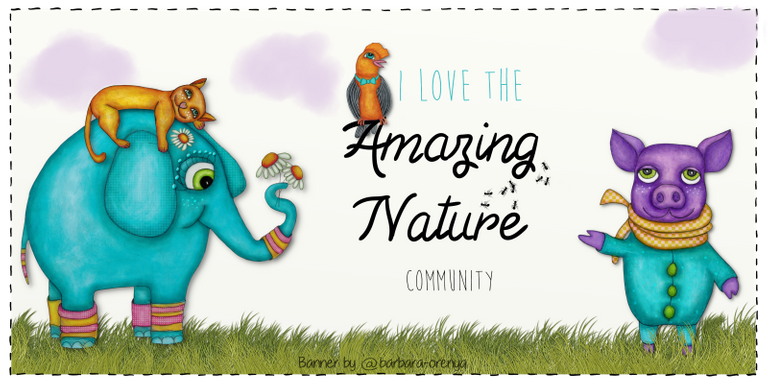

I start a fun challenge #fungifun : share your stories and trophies, photos and recipes, contemplations and ideas. Of course, having ID allows to learn more about the fungus, but if you are not sure of correct ID - no problem! mushrooms are full of weird charm, even staying nameless. We appreciate them any way, not only for their cooking values. Join the
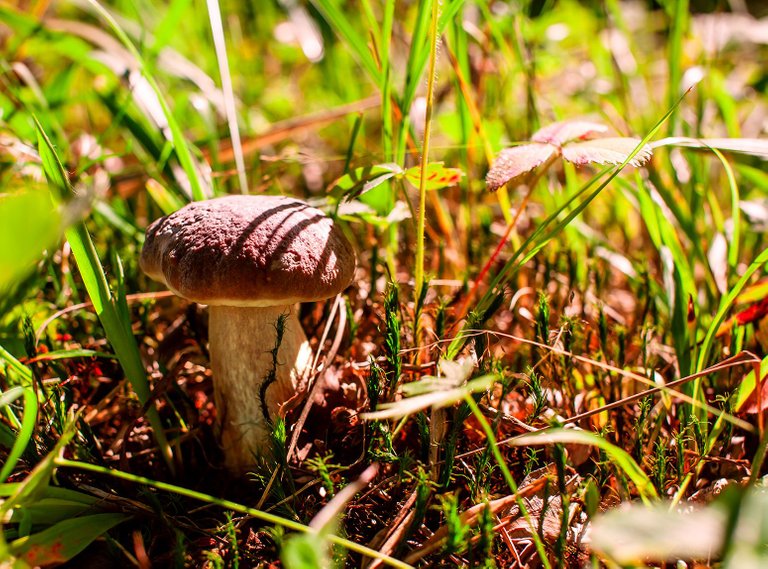
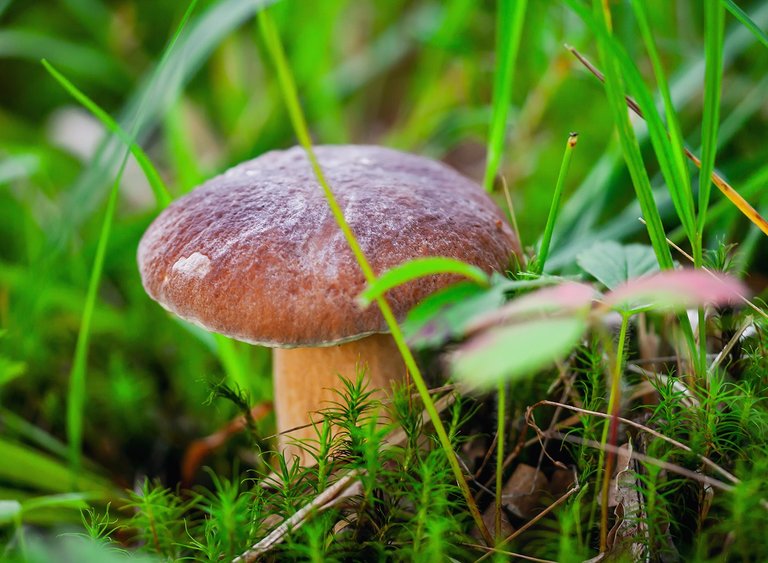
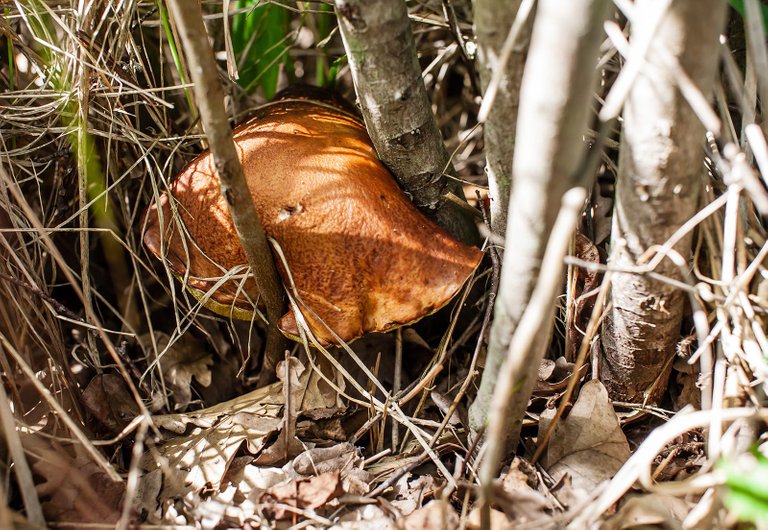
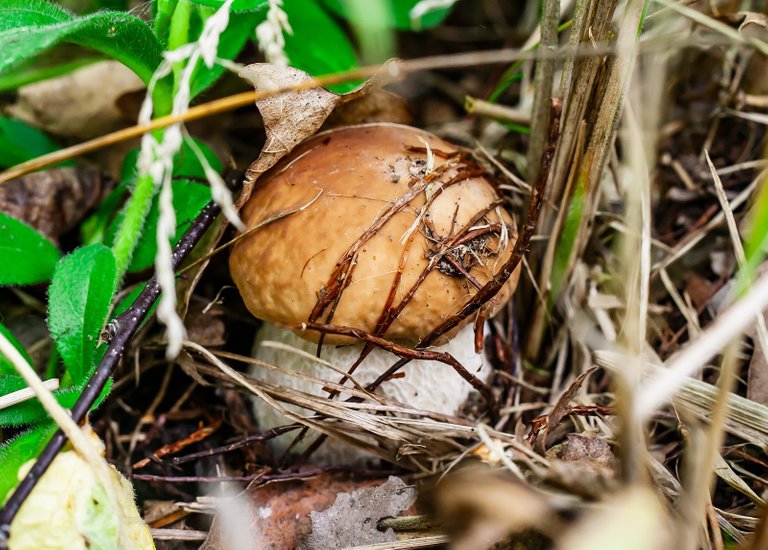
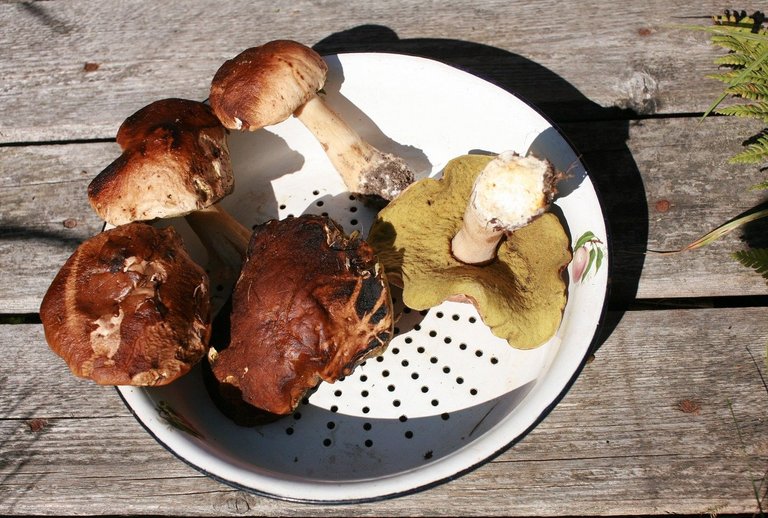
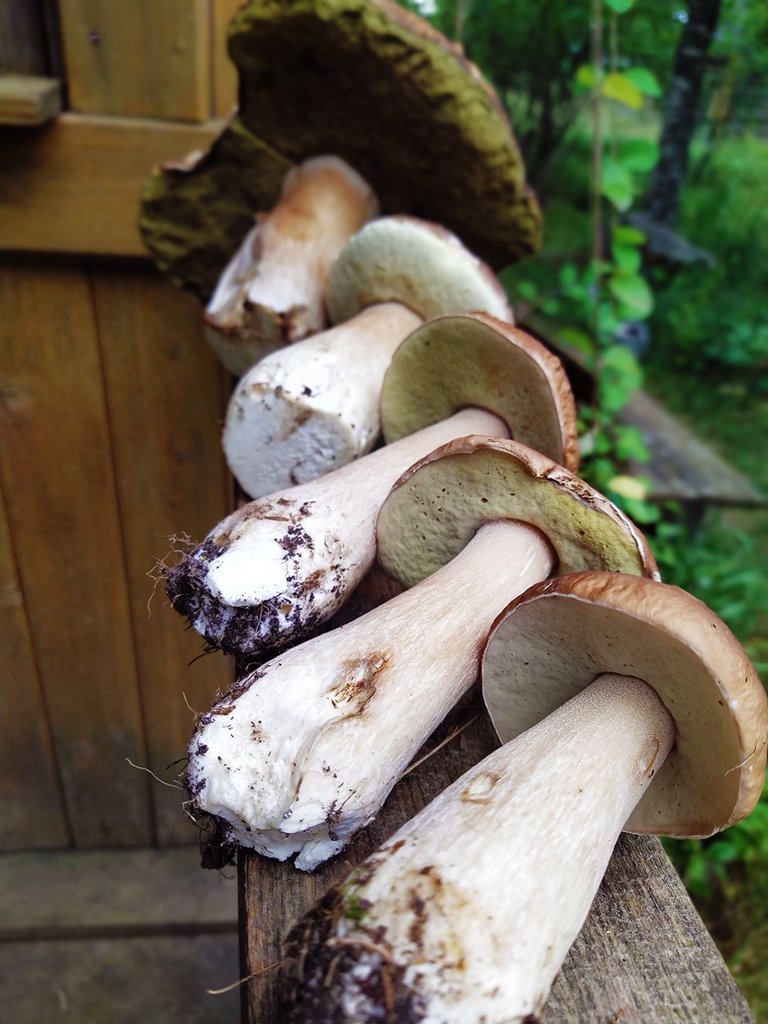
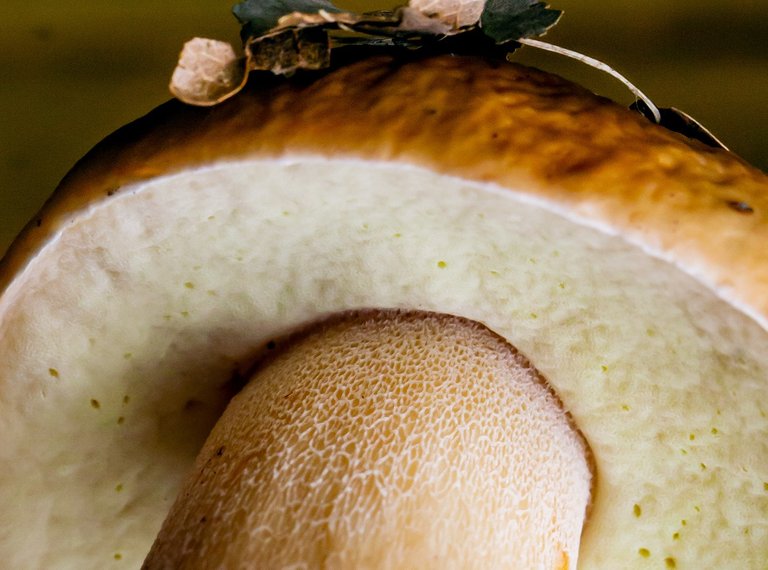
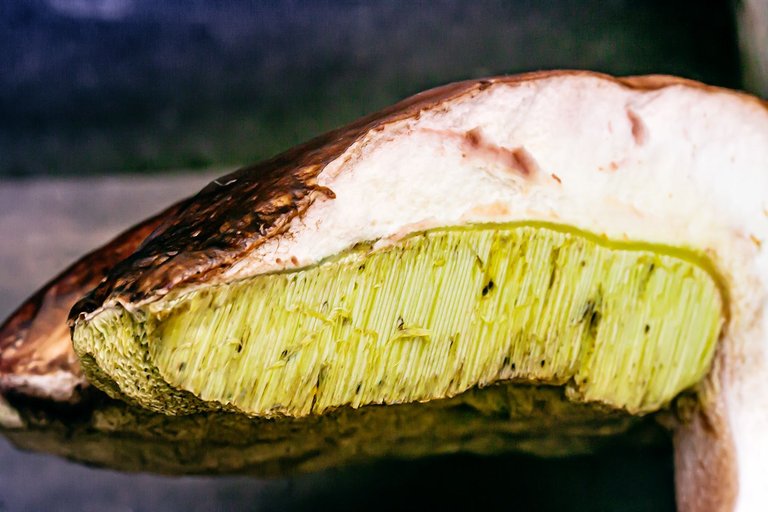
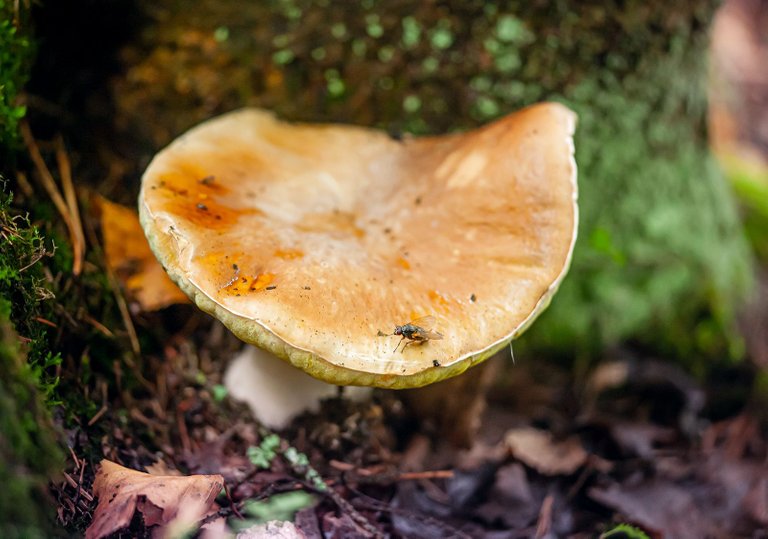
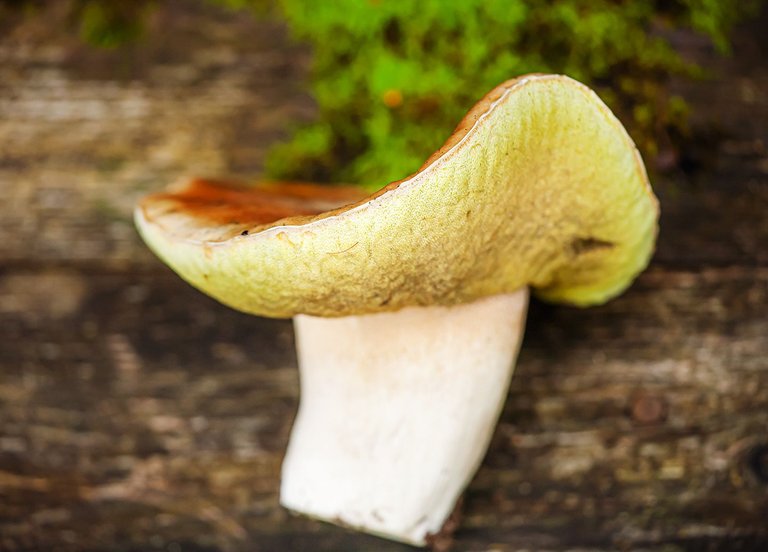
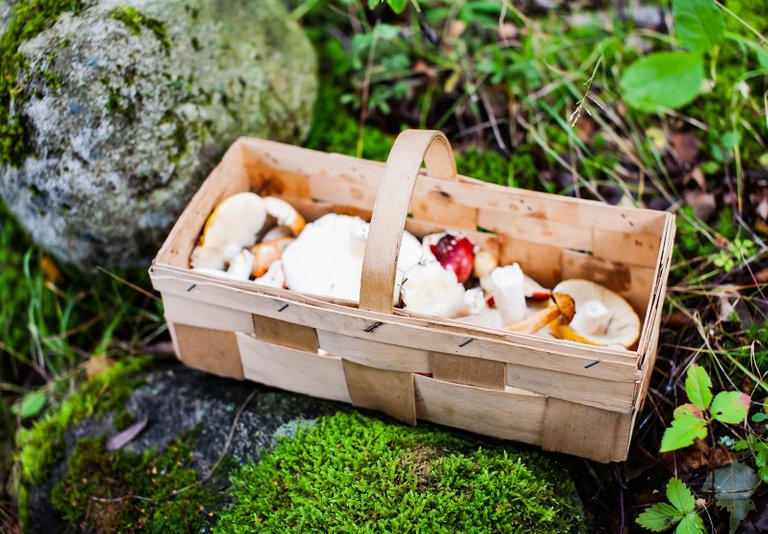
Красивые фотографии!
Стараюсь. Спасибо!
Sorry, out of BEER, please retry later...
Delicious mushrooms In your country .l want feel
those can be obtained online as Dried Ceps. ideal for cooking. cheers!
There is no money because your country very far from my country
Very cool photos! How hard it is to identify the edible mushrooms and the poisonous ones?
hello there! it is ambivalent - depending on a certain mushroom. some are easy to determine / identify, some even do not have inedible sinonyms (like puff-balls). others - like honey mushrooms - are more difficult to ... there are some that really cant be deduced from their outlook! only microscope and spore test can tell the truth. so, it depends on a mushroom...
You just made me miss mushroom soup. Thanks for this beauty. It looks a bit different from the mushrooms grown here in Ghana.
yes, agree. different trees and weather - different fungi.
Классный репортаж!
Странный белый гриб, который "рос буквально на моих глазах...". 😂 Шляпка у него забавная.
И корзинка классная.
у меня всё классное! 😁😁
верю.
Do you mind reviewing and supporting the Hive Authentication Services proposal? That would be much appreciated.
Your feedback about the project is welcome too.
Thank you.Hey @qwerrie, sorry to jump in off-topic.
O! I know what it is even without reading carefully the entire post - because I enjoyed your presentation during the Hive festival. my greatest pleasure to support this project -- done! @arcange
никогда не забуду сбор белых грибов в карельской тайге )) ехали на машине, упросили водителя (местного) остановиться. к его неудовольствию (пришлось ждать) пытались собрать всё, что было, но не получилось ))